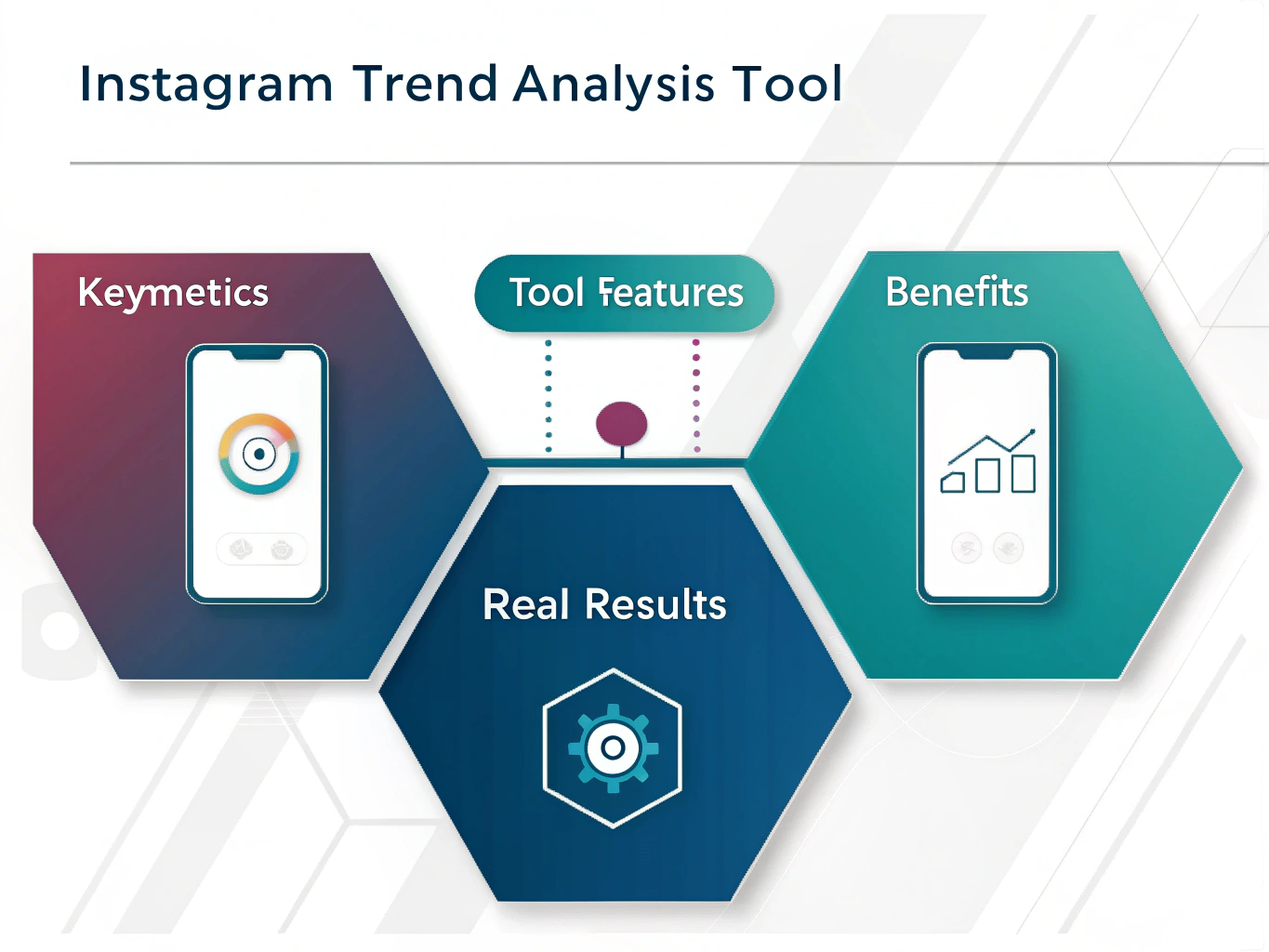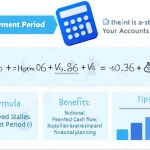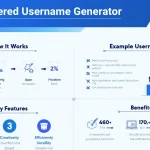Instagram Trend Analysis
Analyzing trends...
Is this tool helpful?
How to Use the Instagram Trend Analysis Tool Effectively
This tool helps you uncover Instagram trends in your specific niche, analyze competitor activity, and refine your content strategy for better engagement and growth. Follow these steps to get meaningful insights:
- Topic or Niche: Enter the exact subject you want to analyze. For instance:
- “urban gardening” to study plant growing trends in cities
- “digital art tutorials” for insights on creative content trends
- Time Period: Define the time range to capture relevant trends. Examples include:
- “last month” to analyze recent content shifts
- “past year” to spot long-term patterns
- Content Types (Optional): Specify formats like Reels, IGTV, Stories, or Posts. Enter multiple types separated by commas to focus your analysis.
- Competitor/Influencer Accounts (Optional): Add Instagram handles of key competitors or influencers in your niche, separated by commas, to benchmark your performance.
What Is the Instagram Trend Analysis Tool and Why Use It?
The Instagram Trend Analysis Tool processes and aggregates engagement and content data to help you identify high-performing trends on the platform. It simplifies decision-making by showing which topics, formats, and posting times work best. You gain a clearer understanding of your audience’s preferences and how to adapt your content strategy to maximize growth.
Key Benefits of the Tool
- Data-Backed Insights: Understand what drives engagement and optimize content accordingly.
- Competitive Benchmarking: Track competitor content types and strategies to find opportunities.
- Efficient Content Planning: Pinpoint peak engagement times and trending formats to increase reach.
- Trend Forecasting: Identify emerging patterns early to stay ahead in your niche.
How the Tool Analyzes Instagram Data
The tool calculates essential engagement metrics and trend indicators, including:
Engagement Rate (%)
$$ \text{Engagement Rate (\%)} = \frac{\text{Total Likes + Comments + Shares}}{\text{Total Followers}} \times 100 $$Content Type Distribution (%)
$$ \text{Content Type Distribution (\%)} = \frac{\text{Number of Posts of a Specific Type}}{\text{Total Posts}} \times 100 $$Trending Score
$$ \text{Trending Score} = \text{Current Usage Volume} \times \text{Growth Rate Over Time} $$Practical Applications: How to Use Analysis Results
Refining Your Content Strategy
Say you focus on environmental sustainability content. You can analyze trending hashtags or post types to identify winning formats. For example, assessing hashtag effectiveness uses this formula:
$$ \text{Hashtag Effectiveness Score} = \frac{\text{Average Engagement on Posts Using Hashtag}}{\text{Overall Average Post Engagement}} \times 100 $$Example: If posts tagged with #EcoTips average 2,000 engagements, and your overall post average is 1,250 engagements, the effectiveness score is:
- Effectiveness Score = (2,000 / 1,250) × 100 = 160
This indicates posts with #EcoTips perform 60% better than average and are worth leveraging more.
Tracking Audience Growth
You can monitor how your follower count changes with this metric:
$$ \text{Growth Rate (\%)} = \frac{\text{New Followers Over Period}}{\text{Starting Followers}} \times 100 $$Use this data to evaluate how well your content and posting strategy attract new followers over time.
Real-World Use Cases and Insights from Instagram Trend Analysis
Case Study 1: Travel Blogger’s Content Pivot
A travel blogger identified that short videos featuring local culture outperformed static photos by 3x in engagement. Their optimal posting window was between 6-8 PM local time, when followers were most active.
Case Study 2: Health and Wellness Brand Strategy
A wellness brand used the tool to:
- Pinpoint the rise of mindful meditation reels, gaining 50% higher reach
- Track competitor content themes to avoid market saturation
- Adjust posting times to lunch hours, boosting engagement by 35%
Frequently Asked Questions About Instagram Trend Analysis
How often should I analyze Instagram trends?
Perform weekly analyses for fast-changing trends and monthly for long-term strategy adjustments. If your niche is seasonal, analyze before key sales or event periods.
Which metrics matter most for growing my Instagram account?
Prioritize engagement rate, save rate, and share rate. These show how your audience interacts with your content meaningfully.
How can trend analysis improve my content calendar planning?
Use trend insights to schedule content that resonates best during peak engagement times and fill content gaps with popular formats or topics.
How do I choose hashtags based on trend data?
Combine high-effectiveness trending hashtags with niche-specific tags. This increases reach while targeting the right audience.
Can I measure ROI from using this tool?
Track your engagement rates, follower growth, and conversions before and after applying the tool’s recommendations to quantify its impact.
Should I use every trend identified?
Select trends that fit your brand voice and audience preferences. Maintain authenticity; don’t pursue every trend indiscriminately.
Best Practices to Implement Instagram Trend Insights
Adopt Trends Strategically
- Evaluate the relevance of each trend to your niche and goals.
- Experiment with new trends on a small scale first.
- Increase use of trends that deliver measurable results.
- Regularly review and adjust based on performance data.
Optimize Audience Engagement
- Post during peak activity hours identified by trend data.
- Vary content types to keep your feed fresh and engaging.
- Track audience reactions closely and respond promptly.
- Refine strategies continually based on what works best.
Monitor and Measure Performance
- Watch for changes in engagement rates after new trend adoption.
- Analyze follower growth trends to understand audience expansion.
- Review content reach and impressions regularly for insights.
- Focus on audience retention to build lasting relationships.
Important Disclaimer
The calculations, results, and content provided by our tools are not guaranteed to be accurate, complete, or reliable. Users are responsible for verifying and interpreting the results. Our content and tools may contain errors, biases, or inconsistencies. Do not enter personal data, sensitive information, or personally identifiable information in our web forms or tools. Such data entry violates our terms of service and may result in unauthorized disclosure to third parties. We reserve the right to save inputs and outputs from our tools for the purposes of error debugging, bias identification, and performance improvement. External companies providing AI models used in our tools may also save and process data in accordance with their own policies. By using our tools, you consent to this data collection and processing. We reserve the right to limit the usage of our tools based on current usability factors.







